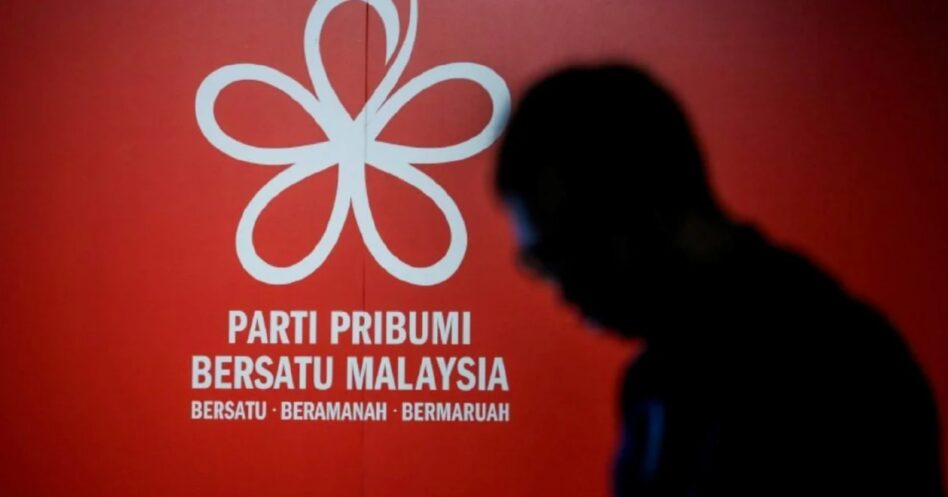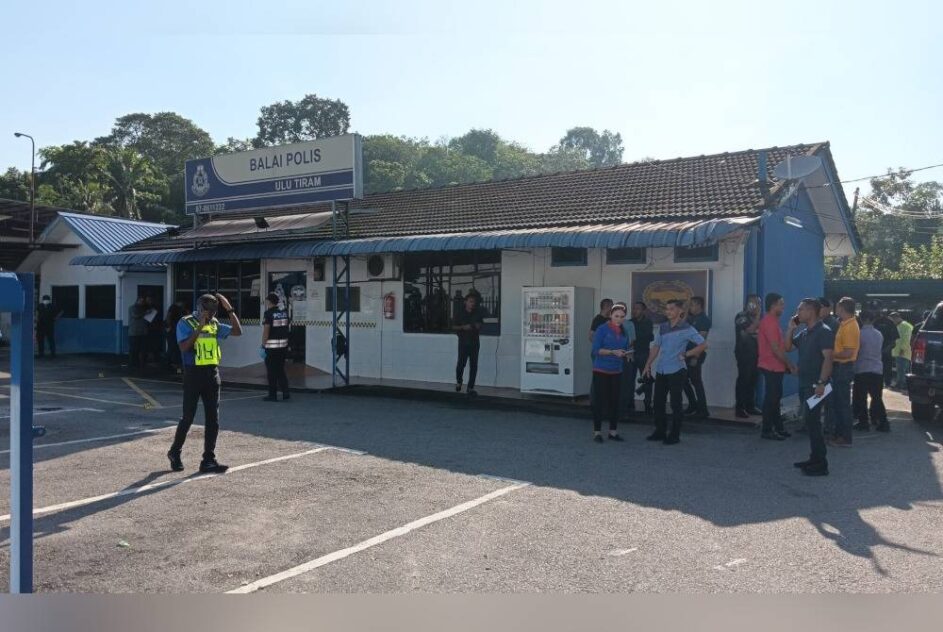WHILE Digital Nasional Bhd (DNB) continues to roll out the 5G single wholesale network, the Government is currently considering the options for Malaysia’s 5G network roll-out – deliberating over whether to adopt a single wholesale network (SWN), dual wholesale network (DWN) or other options, including scrapping the SWN plan.
From a Reuters report and our channel checks, we gathered that there has been a group of unidentified telcos that proposed a DWN alongside DNB’s SWN to prevent risks of a single point of failure and to encourage some infrastructure competition.
However, from our recent discussion with DNB and from DNB’s CEO Ralph Marshall’s response to Bangi MP Dr Ong Kian Ming’s questions (as reported by The Edge), we opine that the Government will most likely opt for the SWN model.
There is no clear guidance on when the Government’s final decision will be announced but we expect it to be in February/March.
SWN the most likely scenario
We share DNB’s view that the cancellation of the SWN could bring severe risks and repercussions to the sector, Government and nation.
DNB pointed out that the premature termination of SWN could, among others: (i) bring early termination payments; (ii) adversely impact foreign direct investment (FDI) inflow into Malaysia due to a loss of confidence, (iii) cause a delay in 5G network roll-out, and (iv) widen the urban-rural digital divide.
Furthermore, in DNB’s view, a DWN would spell the end of DNB’s wholesale network, likely due to wholesale competition which would in turn, turn the once-secondary telco-led wholesale network into a private SWN monopoly.
While DNB opines that the Government is open to reducing its stake in SWN in three years, DNB is of the view that it must have the initial ownership of SWN to lead the cost recovery and supply-led approach of the roll-out, mainly to expedite the roll-out and narrow the urban-rural digital divide.
Taking these factors into consideration, we believe the Government will most likely opt for the SWN model with DNB owning the SWN for the initial three to five years.
Downside risks of SWN model to MNOs
We foresee numerous factors that pose downside risks to the mobile network operators’ near/medium term (three to five years) profitability:
- MNOs have limited room to raise ARPU on 5G services: We predict that the MNOs’ 5G services will not meaningfully lift service revenue as the telcos are unlikely to raise 5G plan prices due to: (i) stiff competition; and (ii) this is going against the Government’s desire for affordable 5G mobile services.
- Upfront wholesale costs: Because the SWN is supply-driven, we foresee that in the initial years of the roll-out, MNOs may have to pay upfront wholesale fees while not earning much from 5G services due to: (i) potentially slow 5G adoption due to limited adoption of 5G handsets; and (ii) continued price competition from smaller MNOs/MVNOs (mobile virtual network operator).
This puts the MNOs in a position where the incremental costs could potentially exceed incremental revenue.
- Risk of accelerated D&A (depreciation and amortisation): We gathered that the MNOs’ networks are currently 5G ready as they have been procuring 4G/5G compatible equipment and preparing their networks for 5G.
While we believe meaningful portions of their current networks will be merged with DNB’s multi-operator core network (MOCN), there is a risk that the MNOs will see continued accelerated D&A (thus higher D&A expenses) on existing assets such as existing spectrum if they cannot be re-purposed for 5G or if their useful life is shortened in light of the SWN approach. - Continued 4G capex: In the coming four to five years, we foresee MNOs spending their current levels of capex (RM800 mil~RM1.2 bil per annum) on (i) continued 4G expansion and network modernisation, especially as 4G traffic continues to grow; and (ii) JENDELA initiatives to bridge the rural-urban digital divide. Together, we believe these factors pose downside risks to the MNO’s profitability in the near/medium term.
We maintain our “neutral” view as we have largely factored in the downside risks into our lower valuations. However, that said, should these risks turn out to be worse-than-expected, that poses further estimates/valuation downside risks to the domestic-only MNOs, namely DiGi.com Bhd and Maxis Bhd and to a limited extent Axiata Group Bhd.
Key upside risks to our call include earlier-than-expected ownership stake transfer of SWN to MNOs and the cancellation of SWN, both of which we think are highly unlikely.
Our top pick for the sector is Axiata as its regional exposure and digital businesses provide investors a hedge against said developments in the domestic mobile-broadband space. – Feb 14, 2022
Lim Khai Xhiang is a telco analyst at Kenanga Research.
The views expressed are solely of the author and do not necessarily reflect those of Focus Malaysia.










